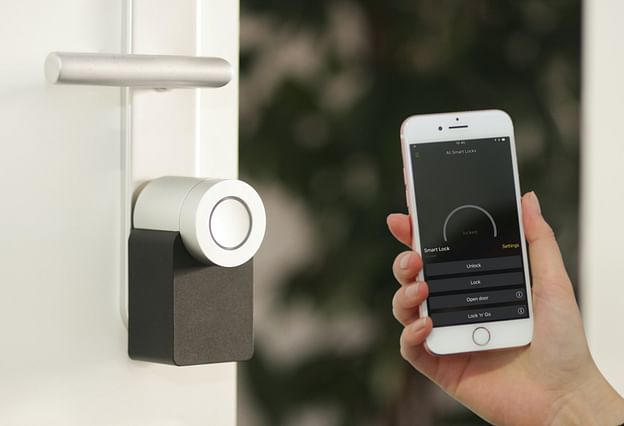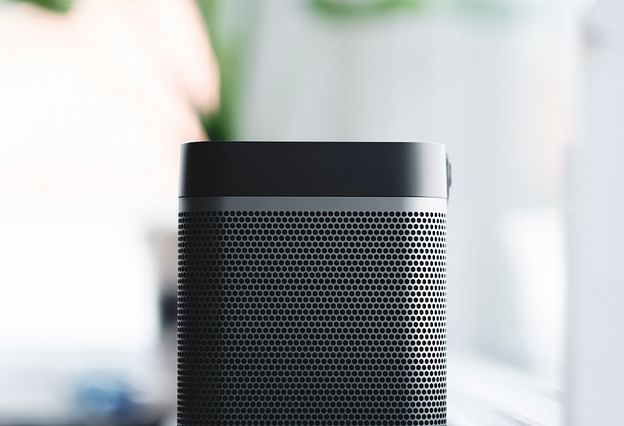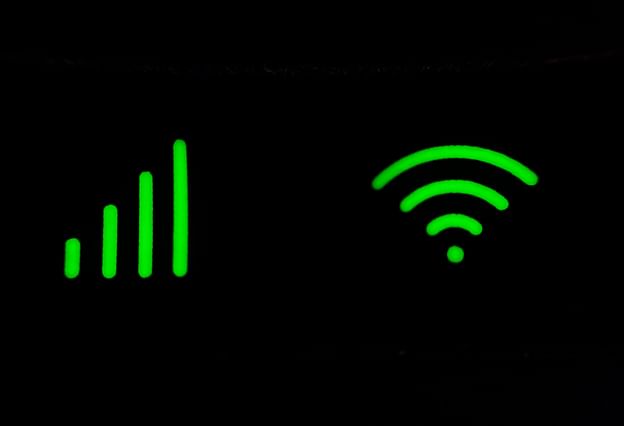Home automation idea: Smart Home Light Switches and Dimmers - The Future of Lighting Control
Home automation is a growing trend that's taking the world by storm. With the rise of smart home devices, homeowners can control everything from their entertainment system to their HVAC through a single smartphone app. Lighting control is one area where home automation can really shine. Smart home light switches and dimmers give you complete control over your home's lighting, allowing you to set the perfect ambiance for any occasion. In this guide, we'll take a closer look at smart home light switches and dimmers and explain why they could be the future of lighting control.
What Are Smart Home Light Switches and Dimmers?
Smart home light switches and dimmers are essentially regular switches and dimmers that can be controlled via a smartphone app or a smart assistant like Amazon Alexa or Google Assistant. They allow you to turn your lights on and off, adjust their brightness, and even set schedules that turn your lights on and off automatically. Some smart switches can even be integrated with other smart home devices like motion sensors, allowing them to turn the lights on when you enter a room and turn them off when you leave.
What Are the Benefits of Smart Home Light Switches and Dimmers?
There are several benefits to upgrading your home's lighting control with smart switches and dimmers:
1. Energy Efficiency
Smart switches and dimmers can help you save energy by allowing you to set schedules that turn the lights off automatically when you're not in a room. You can also adjust the brightness of your lights based on the time of day, which can help reduce energy consumption.
2. Convenience
With smart switches and dimmers, you don't have to get up from your seat or fumble for a switch in the dark. You can control your lights from your smartphone, Alexa, or Google Assistant, and set schedules and timers so your lights turn on and off automatically.
3. Security
Smart switches and dimmers can be integrated with other smart home devices like security cameras and motion sensors. This means that you can set your lights to turn on when you're away from home, giving the impression that someone is inside.
4. Ambiance
Smart switches and dimmers allow you to set the perfect ambiance for any occasion, whether you're watching a movie or hosting a dinner party. You can adjust the brightness and color temperature of your lights to create the perfect mood.
How Do Smart Home Light Switches and Dimmers Work?
Smart switches and dimmers work by replacing your traditional light switch or dimmer with a smart one. This switch can be controlled wirelessly via a smartphone app or a smart assistant like Amazon Alexa or Google Assistant. Some switches can be installed directly in the wall, while others require a separate hub to connect to your Wi-Fi network.
The most basic smart switches and dimmers simply allow you to turn your lights on and off, and adjust the brightness. More advanced switches can also allow you to adjust the color temperature of your lights, set schedules and timers, and even integrate with other smart home devices like motion sensors and security cameras.
What Are the Different Types of Smart Home Light Switches and Dimmers?
There are several different types of smart home light switches and dimmers available:
1. Wi-Fi switches
Wi-Fi switches connect directly to your home's Wi-Fi network, meaning that you don't need a separate hub to control them. They're easy to install and set up, but can sometimes suffer from connectivity issues.
2. Zigbee switches
Zigbee switches use a wireless protocol called Zigbee to communicate with other smart home devices. They require a separate hub to connect to your Wi-Fi network, but are generally more reliable than Wi-Fi switches.
3. Z-Wave switches
Z-Wave switches are similar to Zigbee switches, but use a different wireless protocol. They also require a separate hub to connect to your Wi-Fi network, but are known for their reliability.
4. Bluetooth switches
Bluetooth switches communicate directly with your smartphone, meaning that you don't need a separate hub. However, they have limited range and can only be controlled from within Bluetooth range.
How Do I Choose the Right Smart Home Light Switch or Dimmer?
When choosing a smart home light switch or dimmer, there are a few things to keep in mind:
1. Compatibility
Make sure that the switch or dimmer is compatible with your existing lighting fixtures and bulbs.
2. Wireless Protocol
Decide which wireless protocol you want to use. Wi-Fi switches are easy to set up, but can sometimes suffer from connectivity issues. Zigbee and Z-Wave switches require a separate hub but are generally more reliable.
3. Features
Decide which features are important to you. Do you want to be able to adjust the color temperature of your lights? Do you need a switch that can be integrated with other smart home devices like motion sensors and security cameras?
4. Brand and Price
Finally, consider the brand and price. Some brands are known for their quality and reliability, while others may be more affordable but have a shorter lifespan.
Conclusion
Smart home light switches and dimmers are the future of lighting control. They offer a convenient and energy-efficient way to control your home's lighting, and can even improve your home's security. There are several different types of switches and dimmers available, each with their own unique features and benefits. When choosing a switch or dimmer, consider compatibility, wireless protocol, features, and brand and price. With the right smart home light switch or dimmer, you can set the perfect ambiance for any occasion and control your lights with ease.





